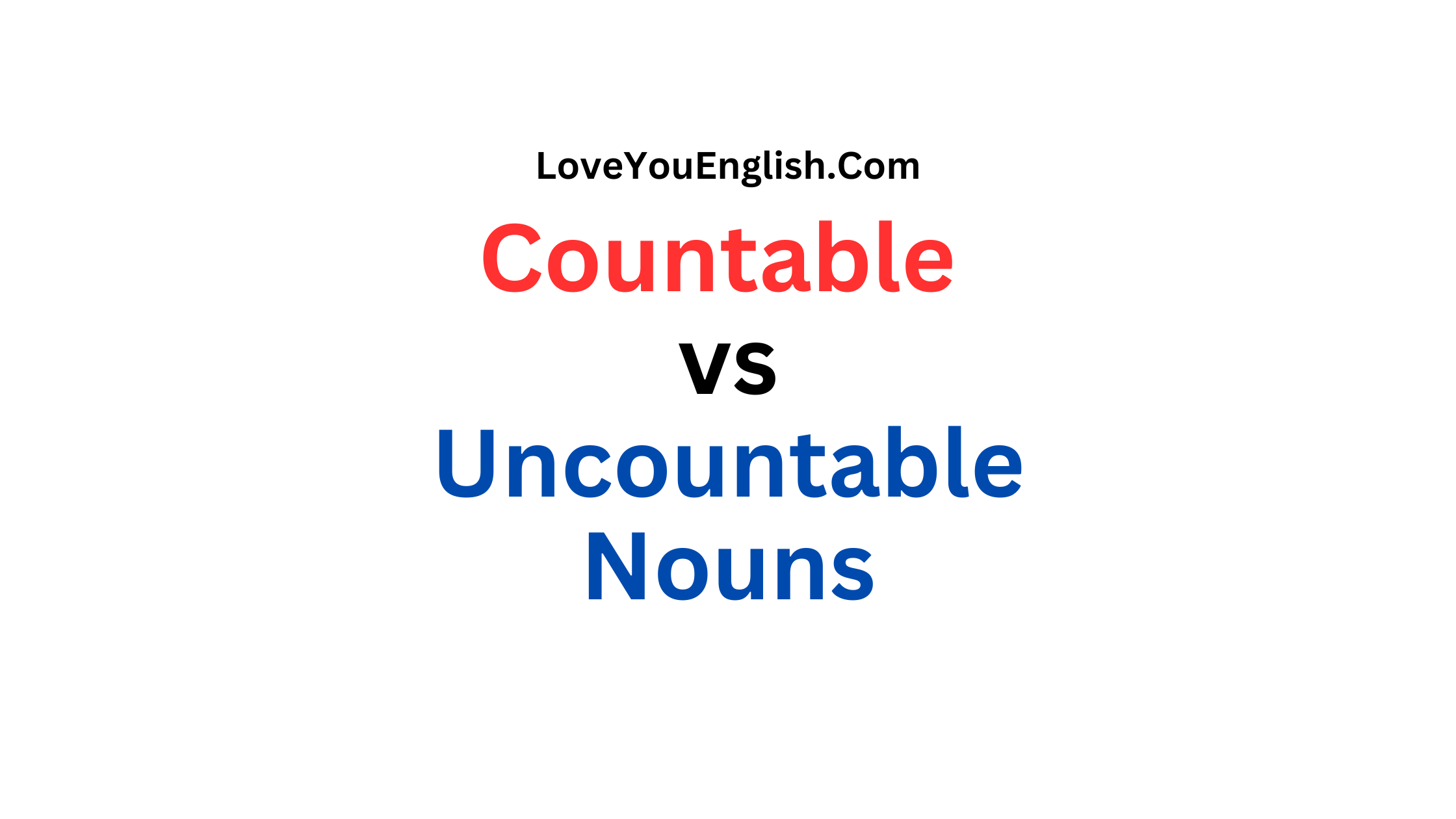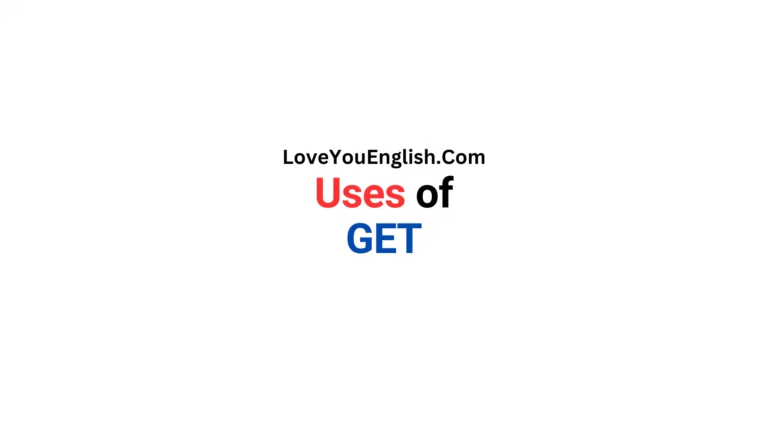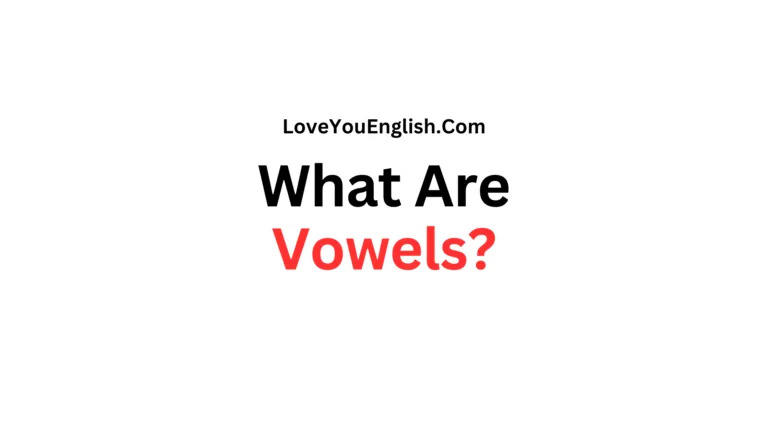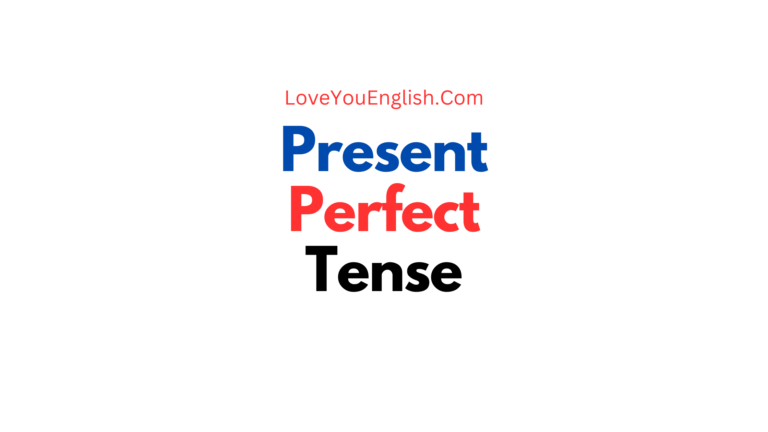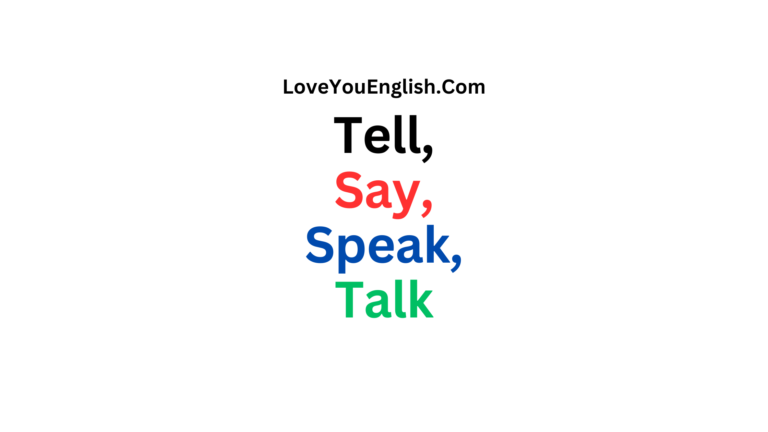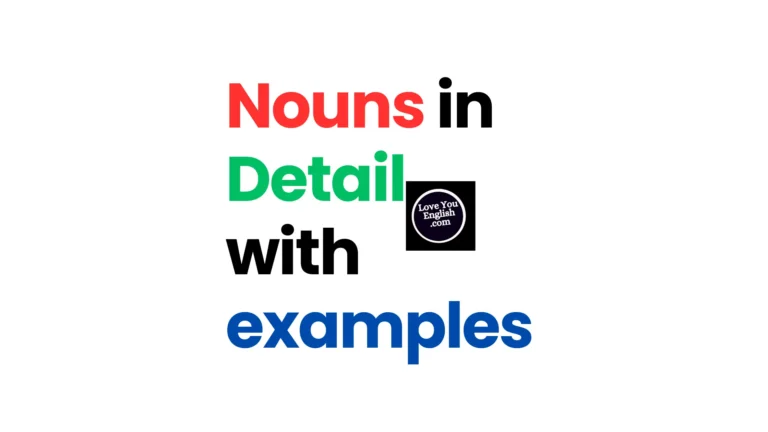Countable vs Uncountable Nouns: What’s the Difference?
Hello everyone,
When you’re learning English, one of the trickiest things to master is the difference between countable and uncountable nouns.
These two types of nouns follow different rules when it comes to using them with articles (a, an, the) and forming plurals.
Let’s dive into what makes these two categories distinct and how to use them properly.
What Are Countable Nouns?
Countable nouns are those that you can count with numbers.
They have a singular form (one chair, one dog, one cookie) and a plural form (two chairs, five dogs, a dozen cookies).
You can make countable nouns plural by adding -s, -es, or following other plural noun rules.
Some examples of countable nouns include:
People: boy, girl, student, neighbor
Animals: cat, bird, fish, elephant
Things: table, cup, pencil, shoe, phone
Foods: apple, sandwich, carrot, potato chip
Places: city, country, park, building
You can use numbers to count these nouns or add words like many, few, several, etc. to describe the quantity:
When using countable nouns, you need to use articles like a, an, or the (or another determiner like this, that, my, your):
- I want an apple from that basket.
- Please pass me a pencil.
- The neighbor has two noisy dogs.
What Are Uncountable Nouns?
Uncountable nouns are the opposite – you cannot count them with numbers.
They may refer to singular, amorphous wholes that don’t easily separate into distinct units or plurals.
Many uncountable nouns are abstract concepts, liquids, gases, or granular particles.
Some common uncountable nouns include:
Abstracts: happiness, advice, information, trouble
Gases: air, oxygen, smoke, pollution
Liquids: water, milk, oil, juice
Granular: rice, salt, sugar, sand, flour
You cannot make these nouns plural by adding -s or -es. You also cannot directly combine a number with an uncountable noun.
For example, you can’t say “one water” or “three airs.” Instead, you have to use a word that expresses some quantity like some, any, a lot of, a little, etc.
- We need some water for the garden.
- There was a little salt left in the shaker.
- I got a lot of useful advice from my mentor.
With uncountable nouns, you don’t use indefinite articles like a or an. You can use the, this, that, my, your, etc. though:
- Pass me the sugar, please.
- The smoke from those factories is terrible.
- Your information was very helpful.
Quantifying Uncountable Nouns
While you can’t use numbers directly with uncountable nouns, you can specify quantities using measurements of amount, volume, weight, etc.
This allows you to “count” uncountable nouns in a way.
For example:
- Two glasses of milk
- Five pounds of flour
- A liter of gasoline
- Three slices of bread
You can also use partitive expressions like a piece of, a bag of, a bottle of, a cup of, etc. to refer to portions of uncountable nouns:
- A piece of cake
- A bag of rice
- A bottle of wine
- Two cups of coffee
Tricky Cases
Some nouns can be both countable and uncountable, just with a slight change in meaning. For example:
Countable:
- I ordered two coffees this morning. (two individual drinks/servings of coffee)
Uncountable:
Another example:
Countable:
- She has three long hairs on her jacket. (three individual hair strands)
Uncountable:
In cases like these, pay careful attention to the context to determine if the noun is being used as a countable or uncountable.
Some More Examples
Here are some more examples contrasting countable and uncountable nouns:
Countable:
- I read two fascinating books last week.
- We encountered three separate problems during the project.
- She collected several interesting rocks on the beach.
Uncountable:
- The furniture in this room is quite old.
- We’re having spaghetti for dinner tonight.
- There was too much traffic to get there on time.
So, in summary:
Countable nouns can be pluralized and combined with numbers. Use a, an, the, or another determiner with them.
Uncountable nouns refer to amorphous wholes you cannot count with numbers. Use words like some, any, a lot of, etc. to quantify them and omit a/an.
Master this distinction and using nouns properly in English will be a piece of cake…or rather, a piece of the cake!
More cool topics:
- Top 10 Collocations in English
- 100+ English Collocations to Sound More Fluent
- 100+ English Collocations to Sound More Fluent
- 30 Common English Collocations You Should Know
- Mastering English Collocation Sentences

